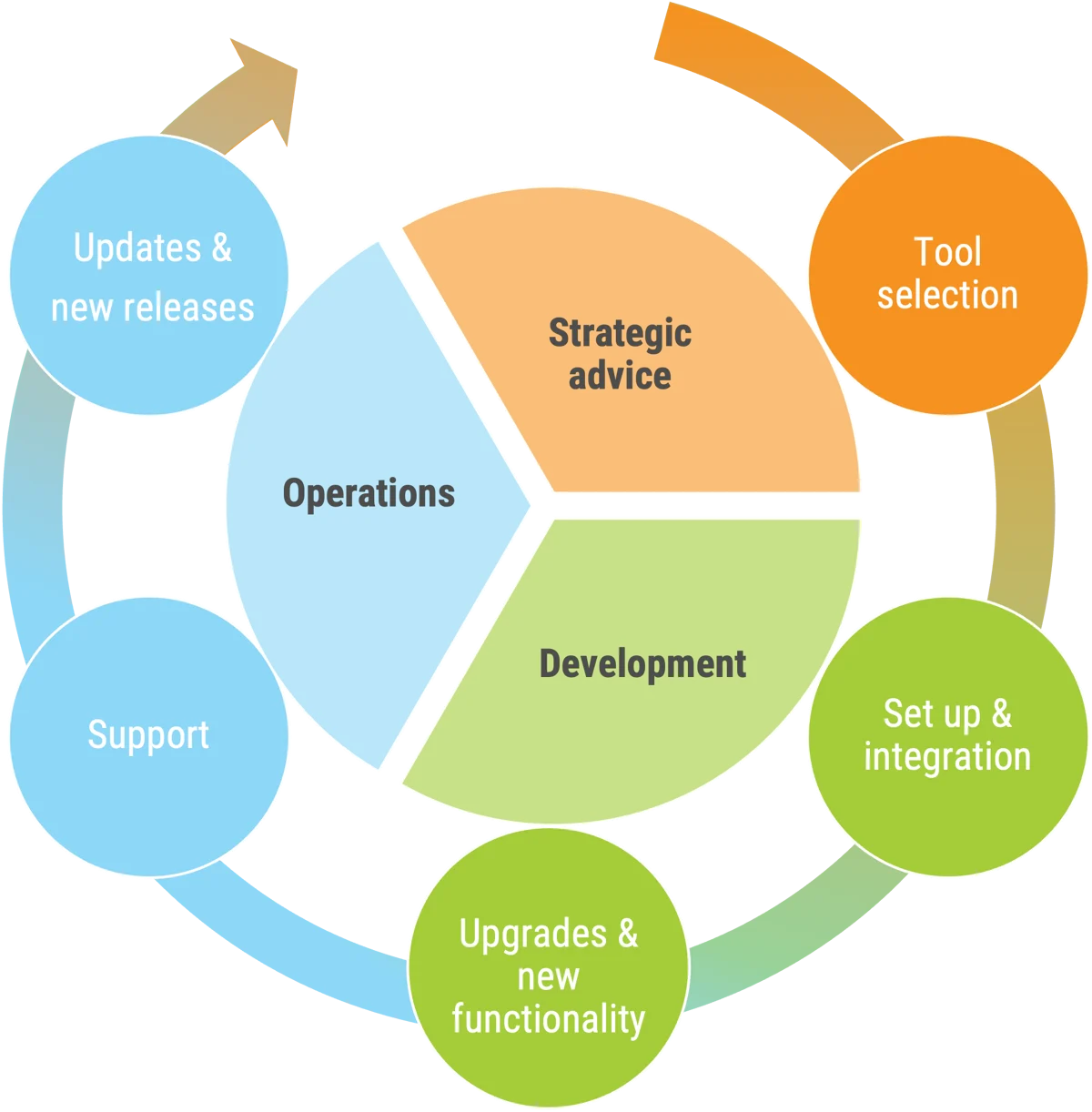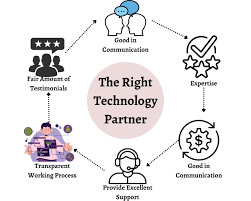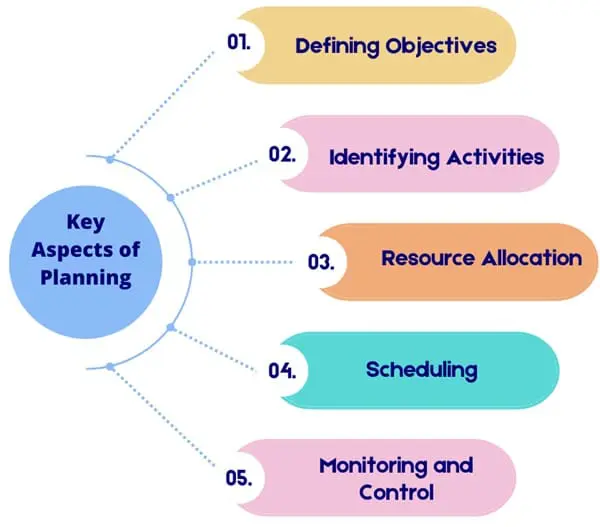Low-code development has emerged as a game-changing approach for enterprises seeking speed, efficiency, and agility in software delivery. By enabling faster development cycles with minimal coding, low-code empowers both IT teams and business users to create powerful applications that meet organizational needs without lengthy development timelines.
In this article, we will explore real-world examples of how enterprises are leveraging low-code platforms to drive innovation and digital transformation.
What is Low-Code and Why is it Transforming Enterprises?
Low-code is a software development approach that allows applications to be created with visual modeling tools, drag-and-drop interfaces, and minimal manual coding. This makes it possible for businesses to:
- Deliver applications faster.
- Reduce reliance on scarce developer resources.
- Enable cross-functional collaboration between IT and business teams.
For a deep dive into the fundamentals of low-code and its transformative role in software development, read our guide on Low-Code Development Platforms Transforming Software Development.
Real-Life Enterprise Use Cases for Low-Code
1. Automating Business Processes
One of the most common uses of low-code platforms is business process automation (BPA). Enterprises can quickly design workflows that:
- Automate repetitive tasks.
- Reduce human error.
- Improve compliance and operational efficiency.
Example: A manufacturing company might automate inventory management, order processing, and supplier approvals using a low-code platform, reducing manual intervention and accelerating delivery.
2. Building Enterprise Portals and Dashboards
Low-code platforms make it easy to develop custom portals for employees, partners, and customers. These portals can include:
- Centralized dashboards.
- Real-time analytics.
- Self-service tools for users.
Example: A financial services company can create a customer self-service portal for loan applications, account updates, and transaction tracking without writing thousands of lines of code.
3. Rapid Prototyping and MVP Development
Enterprises often need to test new ideas before committing to full-scale development. Low-code enables:
- Fast prototyping of business apps.
- Gathering user feedback early.
- Reducing time-to-market for new products.
Example: A healthcare provider might build a pilot patient scheduling system in weeks rather than months, enabling quick validation of the concept.
4. Legacy System Modernization
Replacing outdated systems can be risky and expensive. Low-code allows organizations to:
- Create modern front-ends for old databases.
- Gradually migrate functionality without system downtime.
- Extend the life and usability of legacy infrastructure.
Example: A logistics company can modernize its shipment tracking interface while keeping the core ERP intact, improving user experience without disrupting operations.
5. Enterprise Automation and Integration
Low-code platforms excel at connecting disparate systems through APIs and prebuilt connectors. This enables:
- Smooth data flow between CRM, ERP, and HR systems.
- Enhanced analytics through centralized data.
- Improved decision-making with real-time insights.
Example: A retail chain might integrate inventory, POS, and online sales channels into one dashboard to streamline stock management and customer experience.
What Types of Applications Are Typically Developed Using Low-Code?
- Customer relationship management (CRM) solutions.
- Internal workflow automation tools.
- Data collection and analytics dashboards.
- Mobile field service applications.
- Compliance and audit tracking systems.
Conclusion
Low-code is no longer a niche tool — it’s a mainstream enterprise technology driving agility, innovation, and cost savings. Whether automating processes, modernizing legacy systems, or building customer portals, enterprises can gain a competitive edge by adopting low-code solutions.
Singleclic, as a leader in IT solutions across the Arab world since 2013, empowers businesses with low-code development, ERP, CRM, cybersecurity, and cloud-native services tailored to diverse industry needs.
📞 Contact Singleclic
- Egypt: +2 010 259 99225
- UAE: +971 42 475421
- KSA: +966 58 1106563
🌐 Website: https://singleclic.com
People Also Ask
Q: What is an example of low-code?
A: Building a customer feedback app with drag-and-drop components instead of writing full code from scratch.
Q: What is low-code enterprise automation?
A: It’s using low-code tools to automate workflows, integrate systems, and improve operational efficiency in large organizations.
Q: What type of applications are typically developed using low-code platforms?
A: Workflow automation tools, CRMs, portals, mobile apps, and analytics dashboards.
Q: What is the most used low-code platform?
A: Popular platforms include Microsoft Power Apps, OutSystems, Mendix, and Appian.







